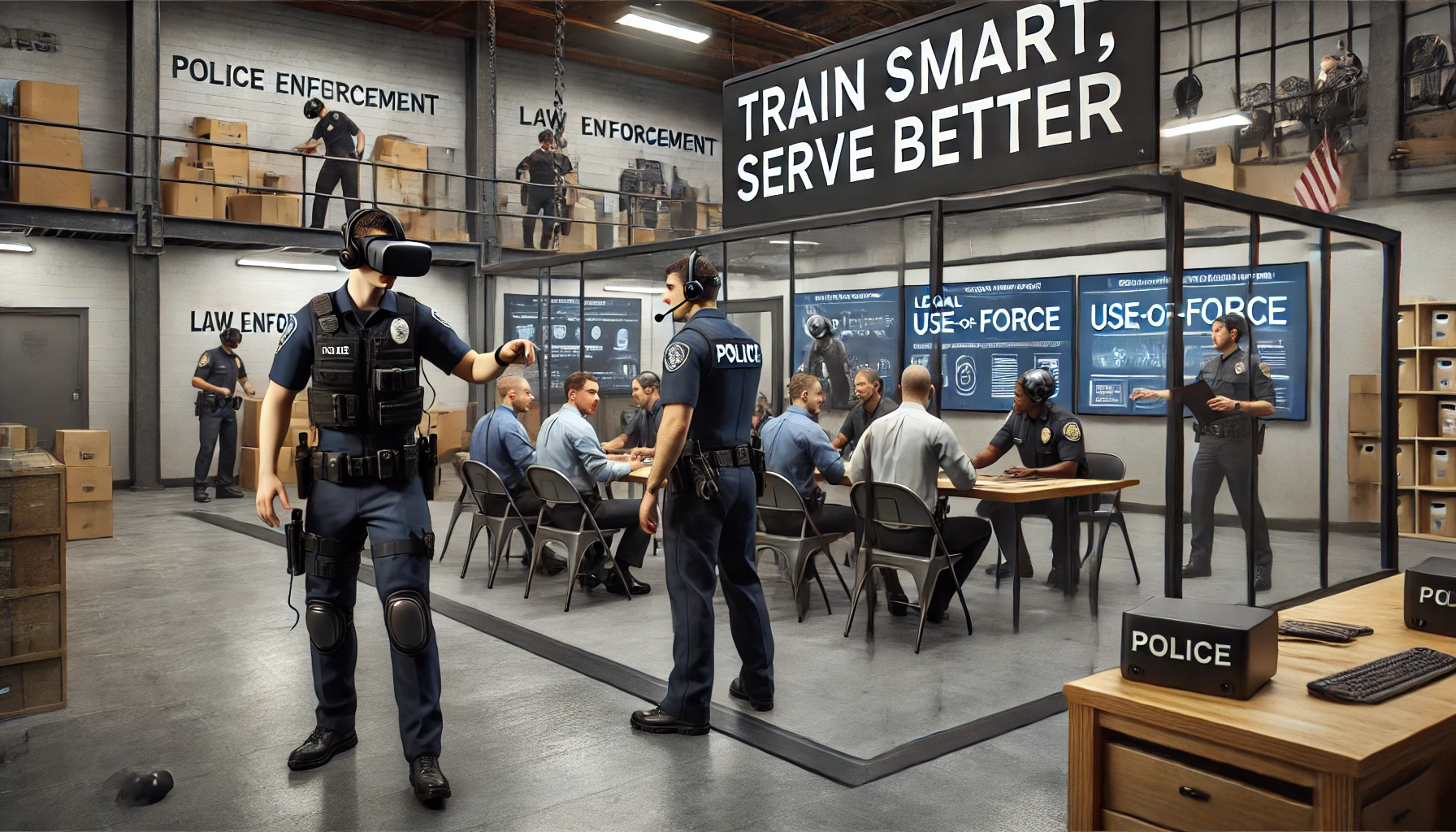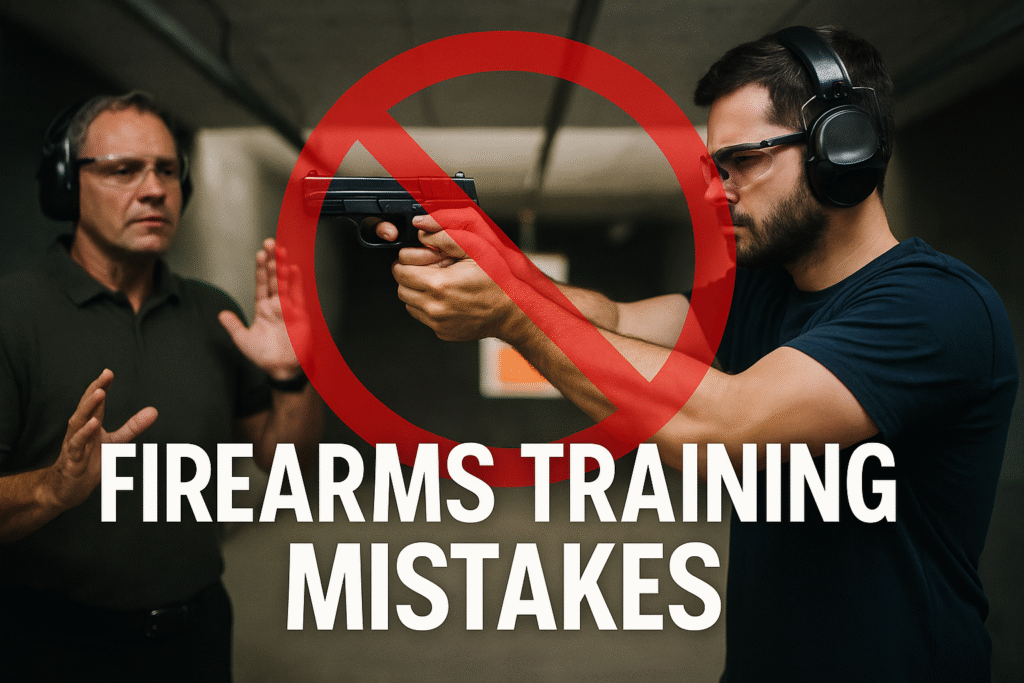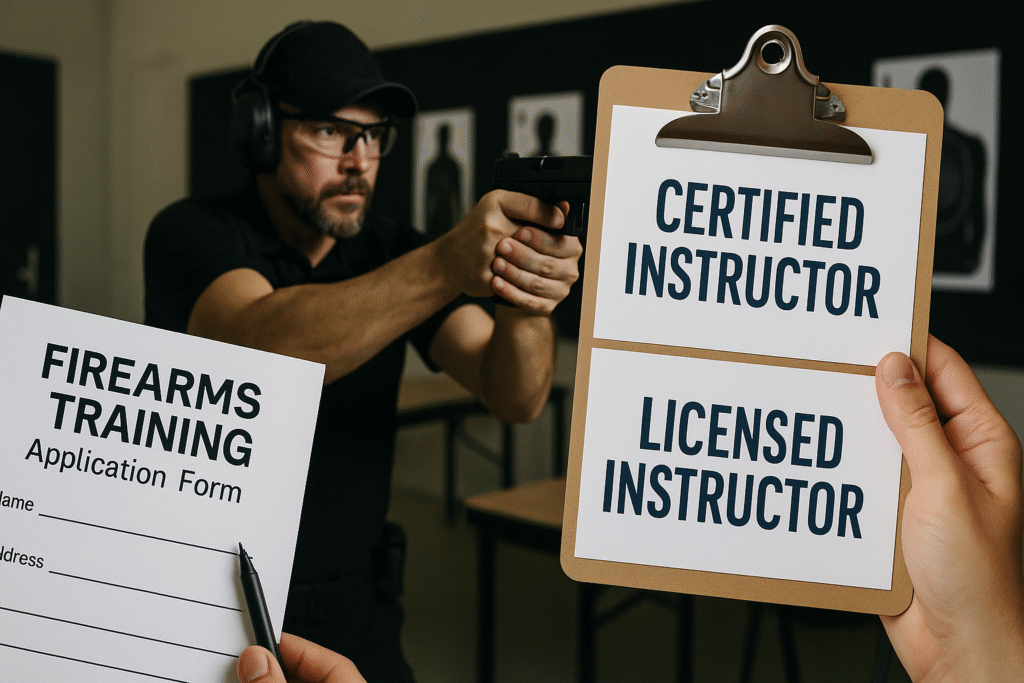Here’s Your Final Warning
No more sugarcoating. No more hiding behind outdated state manuals. If your agency isn’t investing in modern, application-based tactical training, you are legally vulnerable, morally negligent, and operationally obsolete. The courts won’t care about your budget. The public won’t care about your excuses. And your officers will pay the price in blood, lawsuits, or both.
Let’s unpack exactly what that means—line by unapologetic line.
Tactical Negligence Is No Longer Defensible
You’re not in the dark anymore. National databases, DOJ reports, LEOKA statistics, and real-world case studies are publicly available, damning in their detail, and paint a brutal picture:
-
Low-light encounters are the norm, not the exception.
-
Vehicle-based shootings occur in nearly half of all fatal officer engagements.
-
Decision-making under stress—not range proficiency—is the key determinant of survival and legal justification.
If your department isn’t training for these realities monthly or quarterly, then you are ignoring established facts. That’s not just ignorance. That’s institutional negligence.
The Courtroom Doesn’t Care About Your SOPs
When your officer fires into a shadow at night and hits a bystander, the courtroom won’t ask:
“Did they pass their annual firearms qual?”
They’ll ask:
“What practical low-light scenario training did they receive?”
“Was that training conducted under realistic conditions?”
“Was the officer exposed to vehicle-based stress drills and decision-making under duress?”
And if your answer is:
“We followed the state-mandated minimums,”
Then you’ve just admitted to meeting the floor, not preparing for the fight. Prosecutors will rip that to shreds. Civil attorneys will crucify you. And your city will cut a check your department can’t afford.
Recent Cases That Should Keep You Up at Night
City of Ferguson, Missouri – $1.5M Payout
An officer discharged his weapon during a night traffic stop. Poor lighting, no threat ID training, missed rounds struck a vehicle occupied by an uninvolved civilian.
Training audit revealed zero low-light engagements in the last 24 months.
Phoenix, Arizona – $2.3M Civil Settlement
Officer involved in a vehicle ambush. Misused cover due to unfamiliarity with vehicle geometry. Rounds went through a windshield at a bad angle, striking another officer.
Training was based on square-range marksmanship, not 3D dynamic tactics.
Charlotte, NC – Officer Indicted
Body cam revealed poor threat assessment under stress. Suspect was holding a flashlight, not a firearm. Officer’s testimony collapsed under expert analysis of poor threat discrimination training.
Agency had not conducted force-on-force judgment training in 3 years.
These aren’t edge cases. They’re becoming the national norm.
Stop Blaming The Manual
Let’s get something straight: State training mandates are not training blueprints—they’re legal minimums. They are a regulatory baseline, not a tactical standard. If your agency’s training plan is built strictly around what your state requires, then you are designing failure into your system.
The FDACS Firearms Training Manual in Florida, for instance, lays out solid basics—but even its own disclaimer acknowledges the need for supplemental training, environment-specific practice, and constant skill refreshers.
And yet too many departments stick to the letter of the law while ignoring the spirit of survival.
“We don’t have the budget for more.”
“We’ll schedule something after accreditation.”
“We just need to meet compliance.”
Wrong. What you need is legal survivability and tactical accountability.
Reality-Based Training Is No Longer Optional—It’s Legal Armor
You want to protect your officers? Your city’s budget? Your department’s reputation?
Then stop running glorified qualification drills and start investing in the five pillars of survivable training:
1. Low-Light Immersive Drills
-
Multiple light sources: ambient, flashlights, strobe, red-blue light washout.
-
Simulated photonic barriers and poor visual contrast.
-
MRDS integration and threat-focused shooting validated by neuroscience.
2. Vehicle-Based Engagements
-
Shooting from inside and outside the unit.
-
Cover angles, deflection risks, windshield ballistics.
-
Exiting under fire, returning fire in confined space, and passenger-side tactics.
3. Stress Inoculation + Decision-Making Under Duress
-
Force-on-force.
-
Time-compressed judgment scenarios.
-
Use-of-force articulation under simulated adrenaline.
4. Human Performance Integration
-
Monitoring reaction time, shot accountability, and visual tracking under pressure.
-
Scenario reviews focused on cognitive fatigue, not just hit rate.
-
Think of officers as athletes—train them accordingly.
5. Quarterly, Not Annual Training
-
Reps fade. Skills atrophy.
-
An annual requal is not a retention plan. It’s a liability.
-
Quarterly blocks based on real-world scenarios are the minimum standard now—not a luxury.
What Valortec Brings to the Fight
At Valortec, we don’t teach paper drills. We build warriors trained to survive gunfights, not just qualify for them.
-
Custom training audits for agencies—showing where your SOP is bleeding liability.
-
Mobile vehicle-based training units—we bring the realism to your lot.
-
MRDS and low-light integration with red dot curriculum backed by field data.
-
Court-defensible documentation of all training conducted for litigation-proofing your policies.
We don’t give out ribbons. We build resilience.
Your Next Mistake Will Be Televised
There are cameras everywhere now—yours, theirs, and the media’s.
The next time your officer draws their weapon, the world will watch:
-
What did they see?
-
Why did they shoot?
-
And how were they trained to know the difference?
If your answer is “We followed the minimums,” your department will bleed money, reputation, and possibly lives.
Invest Now or Pay Later—in Blood or Settlements
It’s that simple.
The cost of quarterly training with Valortec is a rounding error compared to the seven-figure settlements, criminal charges, or lost officers you’ll face otherwise.
So ask yourself, Chief:
Is your budget protecting your agency, or burying your officers?
The Closing Shot
This isn’t just about better tactics. It’s about better leadership.
Every real-world skill not taught is a liability waiting to be exposed in court.
You either invest in training that reflects the world your officers operate in—or you prepare to write the check when reality exposes your failure.
Because when the bullets fly, and the lawsuits land, the only thing that matters is what you trained for.






